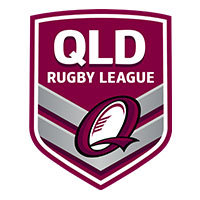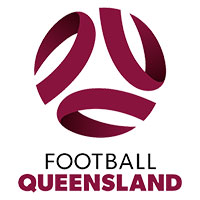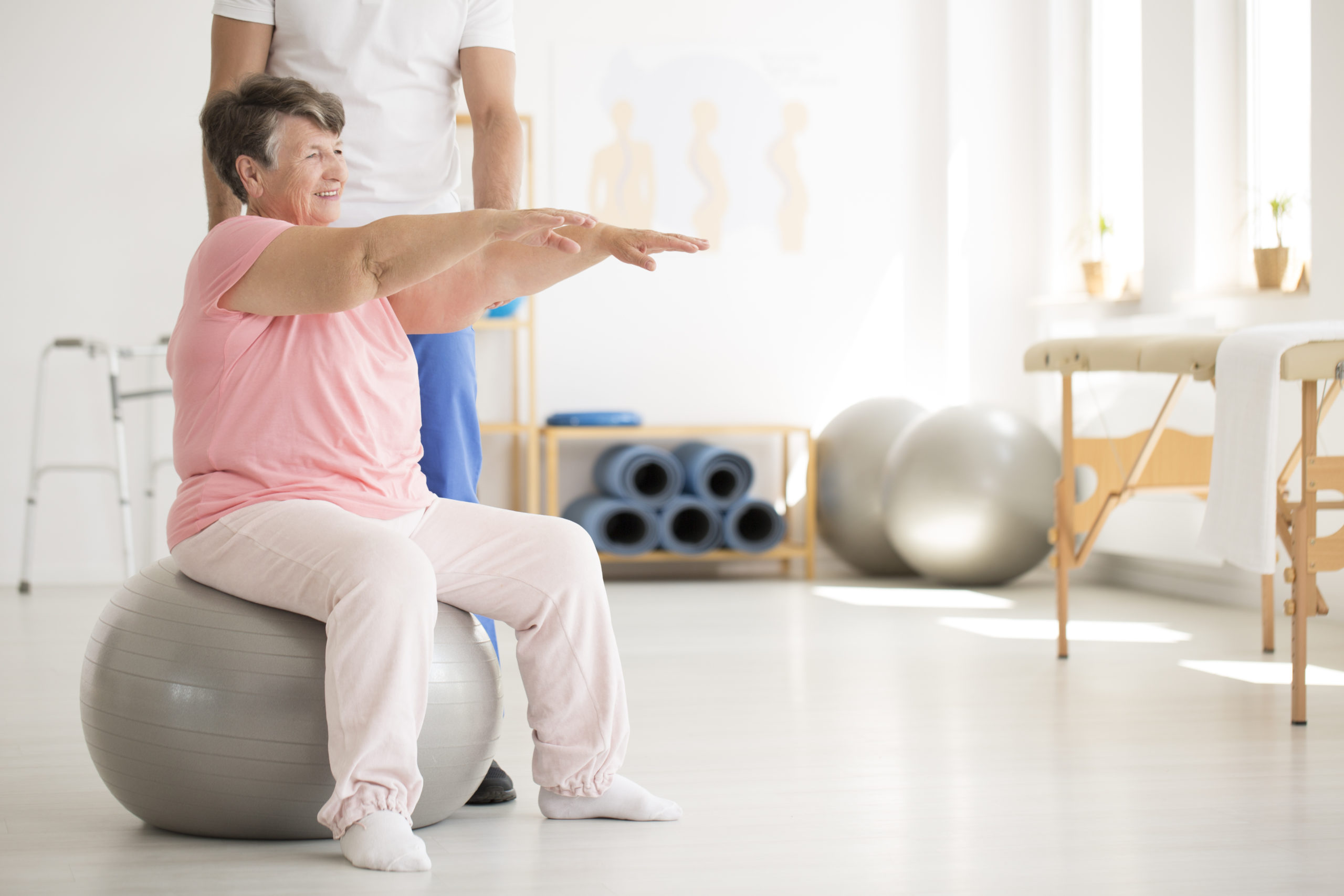
Did you know there are hundreds of different types of headaches? Ever heard of medication overuse headache, primary cough headache or cold stimulus headache? These headaches aren’t very common, so perhaps these terms are new to you. However, you probably have heard of the three most common types of headaches:
- Migraine
- Tension type headache
- Cervicogenic headache (cervical = neck; genic = caused from)
Sometimes it is tricky to tell what type of headache you are experiencing but physiotherapists can help. Your physiotherapist will ask you questions about the behaviour of your headache and any associated symptoms to determine what type of headache (or combinations) you may be experiencing and identify whether physiotherapy is likely to be effective for you.
Cervicogenic headache is typically a unilateral (one-sided) headache aggravated by activities that aggravate the neck.1 For example, prolonged or awkward positions such as sitting at a computer. Fun fact: there is no evidence that “bad posture” causes pain (“…take that, Mum!”), however it may exacerbate structures that are already stiff and sore.
Cervicogenic headache is diagnosed using a combination of physical tests performed by a physiotherapist that look at joint and muscle function in the neck, upper back and shoulders. There is good evidence that physiotherapy treatment to the neck and back, and individualized exercise therapy, is safe and can be helpful. The human body loves variety, therefore it may be helpful to change positions regularly or try activities that encourage a variety of spinal movements. Always remember that our bodies don’t love to be shocked into new activities, so if you are trying to increase your activity levels, try to do so slowly to let your body get used to it, or get some guidance from your physio on how to do this.
Tension type headache is typically bilateral (both sides of the head), with a pressing or tightening quality.2 Tension type headache may also be associated with painful myofascial trigger points, commonly referred to as “muscle knots”. It is thought that stress and the way our brain processes pain may play a role in tension type headache. Whilst there is debate in the literature around whether soft tissue treatments such as trigger point release, massage and acupuncture can be helpful, you may be able to trial these treatments to assesses their effectiveness.
Migraine is typically a unilateral (one-sided) headache, often described as pulsing or throbbing. It is commonly accompanied by nausea and/or vomiting as well as light and/or sound sensitivity. About 25% of migraine attacks are accompanied by “aura” which consists of fully reversible neurological symptoms.3 The most common aura is a visual aura where people sometimes describe a zig zag pattern in their visual field. Some types of migraine can also cause dizziness (“vestibular migraine”).
Migraine is usually managed medically, where preventative and symptom relieving medications may be prescribed by a GP or neurologist. As an aide to the medical management of all headaches and pain, lifestyle modifications such as stress reduction, regular exercise, and a healthy diet may also be
effective. You can also trial relaxation techniques such as deep breathing or mindfulness apps such as Smiling mind4 or Headspace5.
Up to 80% of patients with migraine report neck pain at some point during an attack.6 This is possibly due to the unique nerve connections in the brainstem that mean the neck can cause headache, but headache can also cause neck pain.
There is ongoing scientific debate about the role the neck plays in migraine.6, 7. It should also be noted that it is possible to have a combination of headaches e.g., mixed migraine and cervicogenic headache. Regardless, a comprehensive assessment and treatment of any dysfunction around the neck in combination with usual medical management can be trialled to see if you get any improvement in symptoms.
Migraine and tension type headache are also thought to fall under the umbrella of “persistent pain” and a sensitivity of the brain and nervous system. Physiotherapy can form part of a comprehensive treatment plan by helping you understand how persistent pain affects your body, and how beliefs and behaviours may be contributing to your ongoing symptoms.
Are your headaches well managed? Do you know if your neck is playing a role in your headaches? Learn more about the role your neck and lifestyle are playing in your headaches and more importantly, what you can do about it, by booking a consultation with your local physiotherapist today.
References
- Sjaastad O, Saunte C, Hovdahl H, et al.: “Cervicogenic headache.” An hypothesis. Cephalalgia 1983, 3:249–256
- 2. Tension-type headache (TTH). ICHD-3 the International Classification of Headache Disorders 3rd Edition.
- Cutrer FM. Pathophysiology of migraine. Semin Neurol.2010;30:11
- Smiling Mind
- Headspace
- Lampl C, Rudolph M, Deligianni CI, Mitsikostas DD. Neck pain in episodic migraine: premonitory symptom or part of theattack? J Headache Pain. 2015;16:80.
- Jull G, Amiri M, Bullock-Saxton J, Darnell R, Lander C. Cer-vical musculoskeletal impairment in frequent intermittentheadache. Part 1: subjects with single headaches. Cephalal-gia. 2007;27:793—802.
Our Community Partners






